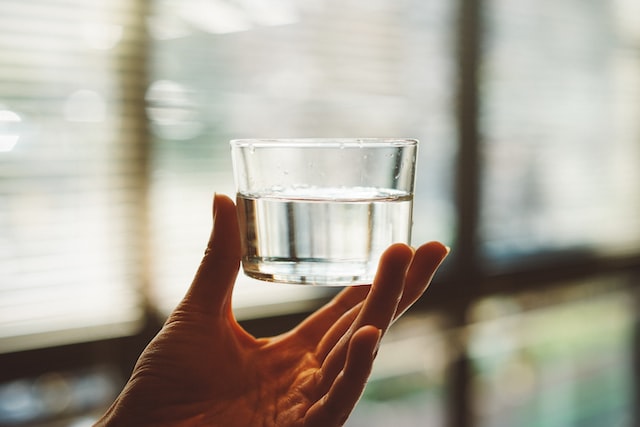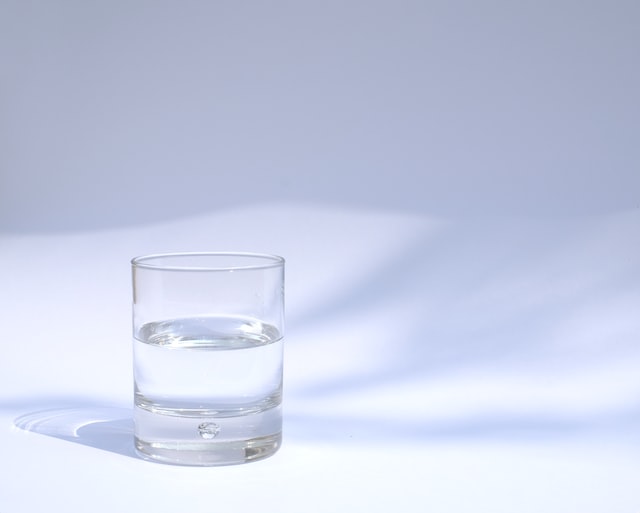Five Technologies Giving People Access to Clean Water

Access to clean water is something many of us take for granted. We turn on the faucet, and out comes water that’s safe to drink, cook, and bathe in. But for millions of people worldwide, that’s not the case. About 844 million people do not have clean water, and 2.3 billion people do not have access to basic sanitation facilities like toilets or latrines. Thankfully, technology is here to help give access to those who lack water access. Here are various technologies giving people access to clean water.
Drillers
Some of the world’s freshwater is located in underground aquifers. To access this water, companies drill wells into the ground. They then pump it to the surface, purify it with filtration systems, or boil it over a fire to ensure it’s safe for drinking.
One innovative technology that is helping people gain access to clean water is solar-powered drills. These drills allow users to dig down hundreds of feet below the surface, tapping into deep groundwater sources that are not contaminated by surface pollutants. This helps communities achieve long-term water security and brings much-needed relief from a lack of clean drinking water. Various well drilling companies use this technology as a more sustainable option than regular drills. Additionally, these companies can drill water wells in remote areas not well served by the power grid.
Desalination
Another technology helping people gain access to clean water is desalination. Desalination involves removing salt from seawater, which is used for industrial and personal use.
For example, some countries like Saudi Arabia rely heavily on desalination plants to provide fresh water to their citizens. And while traditional forms of desalination are energy-intensive, new technologies have made this process more efficient and environmentally friendly. For example, WaterGen has developed a portable generator that converts humidity into clean drinking water, reducing reliance on costly fossil fuels or other resources that may damage the environment.
UV Water Purifiers

The main problem with most of the world’s water is bacteria. These microbes are common and can cause illness or even death if ingested.
One technology that is helping people gain access to clean water is UV water purifiers. These devices use ultraviolet rays to kill microorganisms in the water, making it safe to drink. They’re relatively inexpensive, lightweight, and portable, so they’re an excellent option for those without access to clean drinking water. And while there are other forms of water treatment, such as filtration and chemical disinfection, UV light is considered one of the most effective methods because it doesn’t require any chemicals or filters that need periodic changing or maintenance.
Reverse Osmosis
Another technology that’s helping people gain access to clean water is reverse osmosis. Reverse osmosis uses a special membrane to filter out contaminants from the water. It has been used for years in industrial situations, but it’s beginning to be used more and more as a household appliance due to its effectiveness and low cost.
Water Filtration
Finally, one last technology helping people gain access to clean water is water filtration systems. These systems use various materials, such as charcoal or sand, to remove contaminants from the water. They are generally affordable and easy to maintain, making them ideal for use in the home or small communities.
Rainwater
The above technologies might be great for collecting water from the Earth’s precious reserves. However, one particular water that is safe to use that’s easy to collect is rainwater. Here are three simple ways that make rain collection much easier:
Gutters and downspouts
Many also install gutters and downspouts on their homes to direct water into rain barrels or other collection systems, like cisterns or tanks. This is another simple way to tap into this clean water source without investing in high-tech gadgets or equipment.
Water Filtration System
Some install water filtration systems on their roofs that filter out contaminants before the rainwater makes it into their home. This is another simple way to ensure that the rainwater you collect is safe for consumption.
Rain Barrels
Many people are now installing rain barrels or other structures to collect and store the water for later use. This may make the most sense in dry climates or areas where the water supply is erratic or unreliable. Additionally, rainwater is free from many contaminants found in surface and groundwater, making it a safe and easy way for people to access clean water on demand.
While it may seem like a basic necessity of life, clean drinking water remains out of reach for millions worldwide. Thankfully, innovative technologies are helping those without access to this lifesaving resource. These technologies can revolutionize life on Earth and make it easier for people to live better lives.




